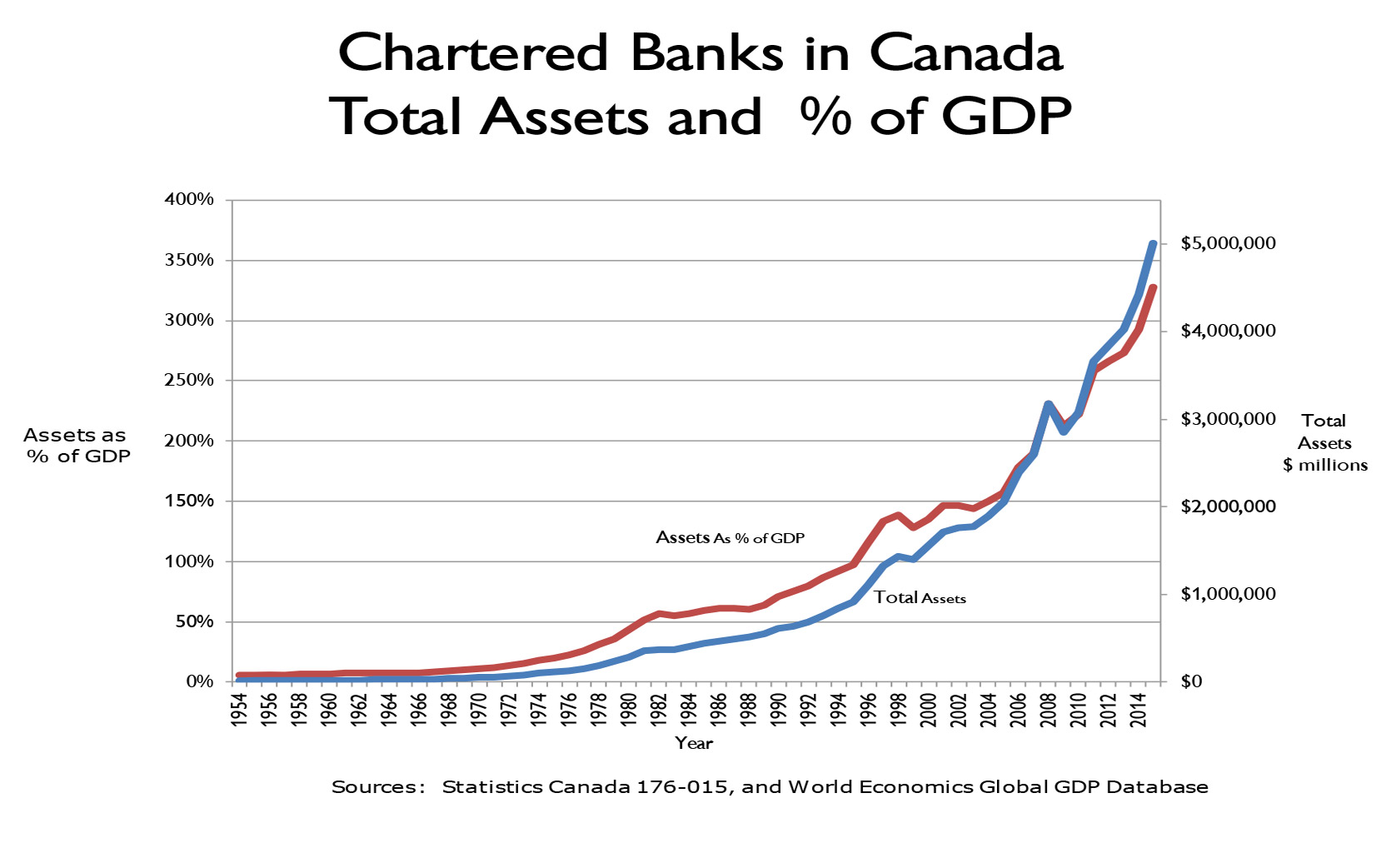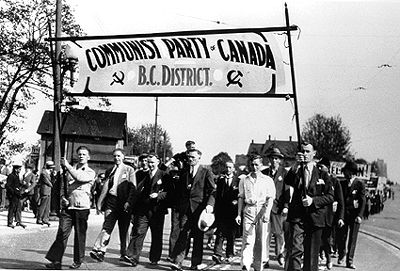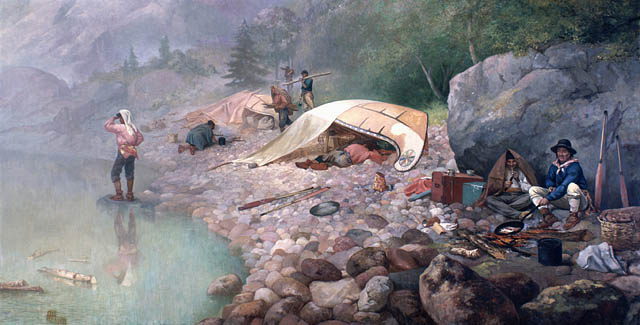Article
C.D. Howe Institute
The C.D. Howe Institute (formerly the Howe Research Institute), is a nonprofit policy research organization established in 1973 by a merger of the Private Planning Association of Canada, formed in 1958, and the C.D. Howe Memorial Foundation. It is located in Toronto.









